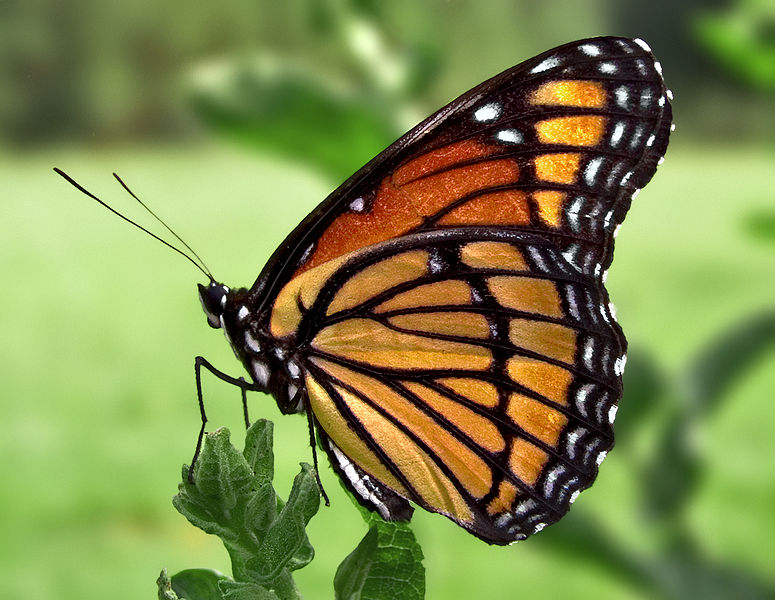
From “New butterfly species are identified through DNA: Previously lumped in with known varieties, genes prove otherwise in the Yucatan” (MSNBC, November 23, 2011), we learn,
New research into the particulars of butterfly DNA has unmasked as many as nine new butterfly species previously lumped together with known butterfly species.
The interloping butterflies, all found in Mexico’s Yucatan Peninsula, have long remained incognito in the collection of El Colegio de la Frontera Sur-Chetumal (ECOSUR), a research center in Mexico. They are known as “cryptic species,” because, although their markings and body types are nearly identical to previously identified butterfly species, their genes tell a different story.
Here’s another task anda half they tackled:
In addition to identifying nine butterfly species that are likely new to science, the genetic study allowed scientists to sort 71 caterpillar specimens into 16 different species and match them with their adult counterparts — a difficult task when relying on appearance alone, since there’s notoriously little resemblance between a caterpillar and its more elegant, fully grown form.
The article does not address an obvious question: How butterflies with different enough DNA to be different species manage to look pretty much the same (“cryptic species”). Or how caterpillars look so different from adults.
A Darwinian interpretation explains that natural selection “selects” for such similarities and differences, but that doesn’t answer the critical, science question: How, exactly, are the differences produced?
Incidentally, some butterfly caterpillars can look completely different during different instars (moltings of skin, revealing the “new look” underneath). Check out the Spicebush Swallowtail caterpillar here. You must scroll down.